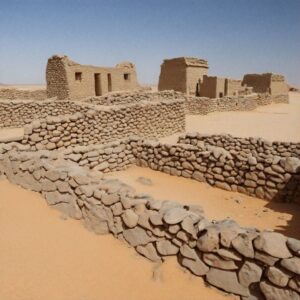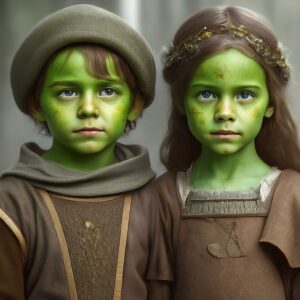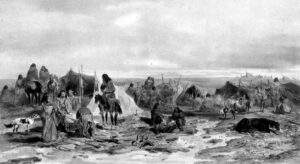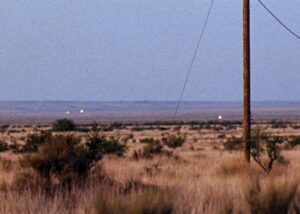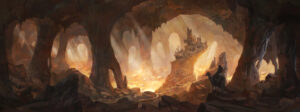Because of Easter Island’s remote location at the edge of the Polynesian Triangle, historians have been unable to put together a clear picture of the island’s original inhabitants. This enigmatic culture includes a script called Rongorongo, which linguists have been trying to decipher since the 1800s.
A culture in crisis
The word Rongorongo means “to recite, to declaim, to chant out” in native Rapa Nui. Discovered on Easter Island in the 19th century, it remains the only ancient writing system found in Polynesia. The script itself consists of around 120 symbols drawn from nature, ranging from fish to plants and vegetables. It has over 450 variants, and these can be further expanded into thousands of compound symbols.
Researchers have managed to make out certain characters like sea turtles, centipedes, trees, men, and possibly deities. Supposedly, Rongorongo’s symbols go from left to right and bottom to top. As to what the writing means on the various tablets on which they are found, we still do not know.

Rongorongo symbols. Photo: Sebastian Englert in ‘Island at the Center of the World’ (1970)
These symbols were etched by sharp objects such as shark teeth into wooden tablets. Twenty-five of these tablets remain today. They are not uniform and vary greatly in shape. You can find them in local and international museums such as the Museo Rapa Nui and the Ethnological Museum in Berlin.
Despite the lack of information and mystery surrounding Rongorongo, historians agree that it was probably reserved for the higher, more literate classes in society. The main literate group was the priestly class. The Rapa Nui people mostly relied on oral tradition.
We can also deduce that Rongorongo was reserved for more important purposes like religious ceremonies rather than day-to-day life. Part of the reason for the mystery behind this language is that the inhabitants of Easter Island were wiped out or taken by Peruvian raiders and diseases. Then, as Christianity spread among the small local population, Rongorongo’s relevance diminished. Thus, any knowledge of this language remains severely limited.
The quest for answers
The mention of a native writing system appears in several Western accounts. French missionary Eugene Eyraud, the first Westerner to settle on the island, described wooden tablets in local houses. However, he noted that they did not know how to read the hieroglyphs inscribed on them.

Symbols of Rongorongo. Photo: omniglot.com
The first to attempt to crack this code was the Bishop of Tahiti, Florentin-Etienne Jaussen. Having received a Rongorongo tablet as a gift, he tried to enlist the help of natives to translate the symbols for him. They refused. Either they wanted to keep this piece of their culture a secret or they simply no longer knew the meaning. It is very possible that those who understood Rongorongo simply died out or left the island.
Theories
Many have attempted to decipher the language since then, including Nikolai Butinov, German ethnologist Thomas Barthel, British archaeologist Katherine Routledge, and linguist Steven Fischer.
Barthel, in particular, made the biggest contribution toward deciphering Rongorongo. He cataloged the tablet writings and determined that the first few lines of one tablet were in fact a lunar calendar.
Katherine Routledge, the first archaeologist on Easter Island, conducted several interviews with locals about oral traditions. She determined that Rongorongo was mnemonic in nature.
Most recently, Steven Fischer claimed to have solved it. While Fischer’s book Rongorongo: The Easter Island Script is the most comprehensive study of Rongorongo to date, it is not widely accepted, due to supposed flaws in his linguistic analyses.
Some believe that Rongorongo resulted from “transcultural diffusion.” This means that the islanders were inspired by their interactions with Europeans, who had their own structured language and alphabet. They suggest that the Rapa Nui created their own form of communication after this exposure.
Most historians believe that Rongorongo is an example of proto-writing. This is a pictographic form of writing which focuses more on ideas than actual words. Other examples of this include prehistoric cave paintings and Sumerian script. It would explain the symbols’ lack of apparent meaning.
Conclusion
While Rongorongo continues to stump academics, some things remain certain. Rongorongo held great significance in Rapa Nui society. It most likely had religious significance, and its symbols reflected the Rapa Nui’s cultural worldview: the importance of the natural world, the celestial realm, and gods.

